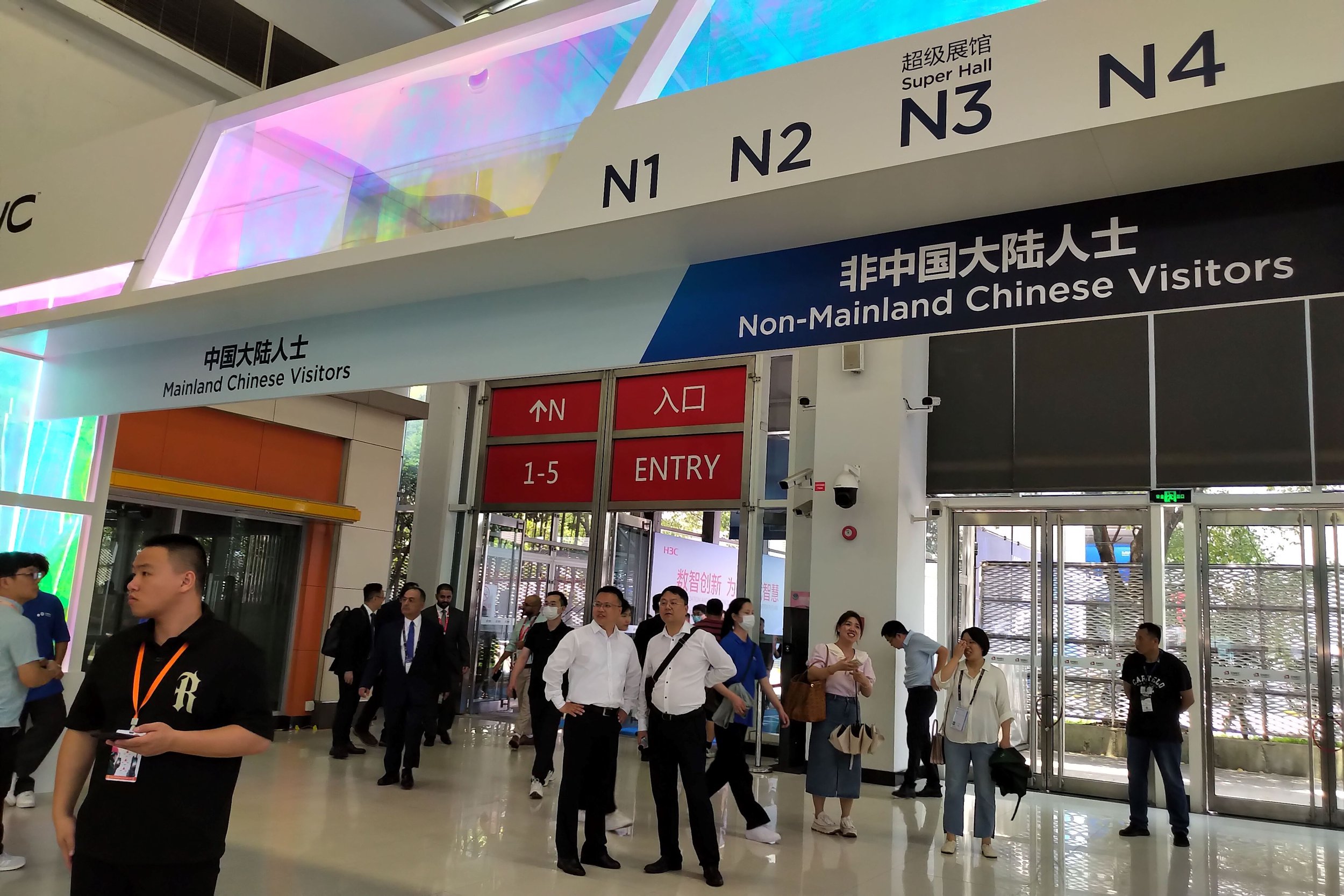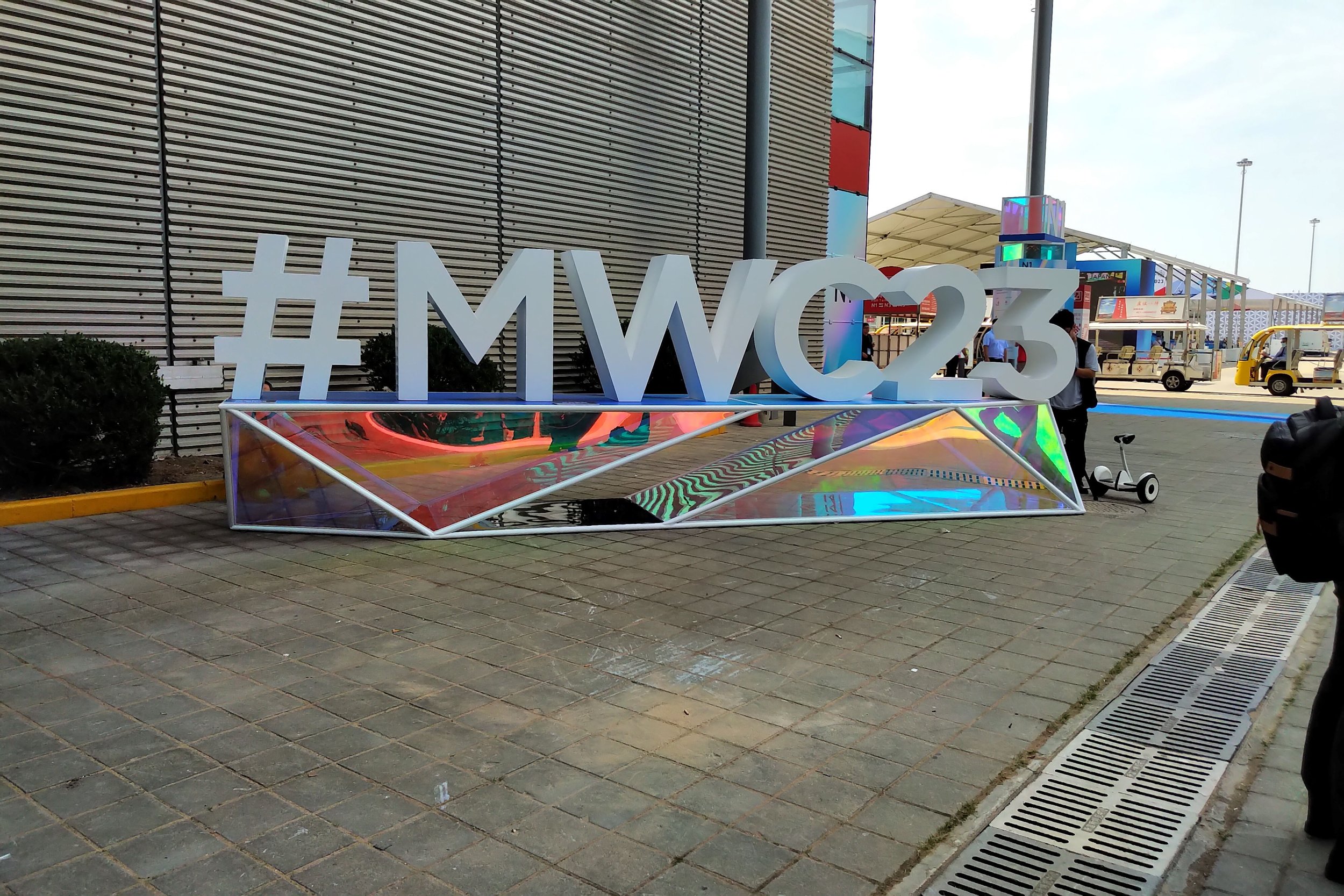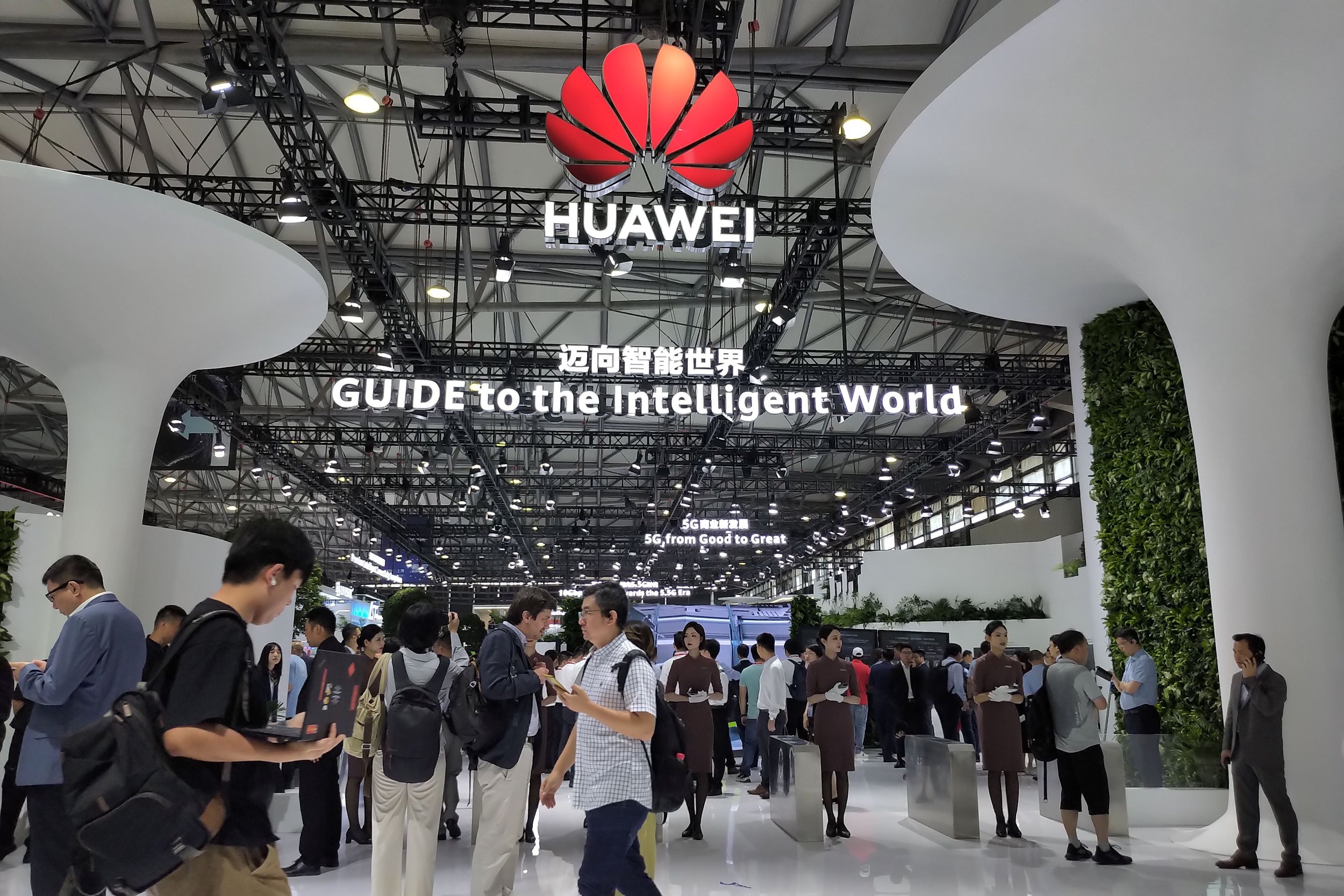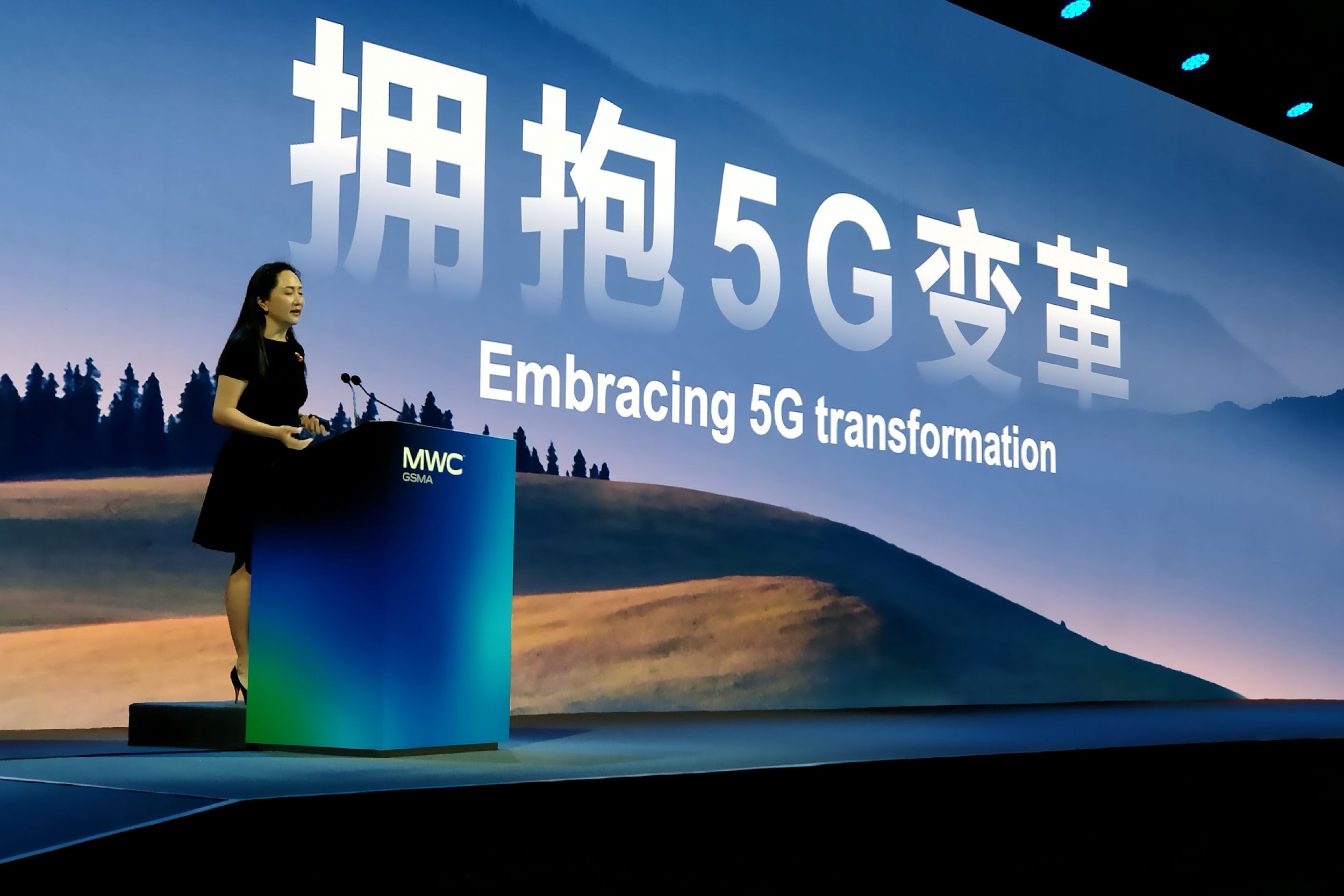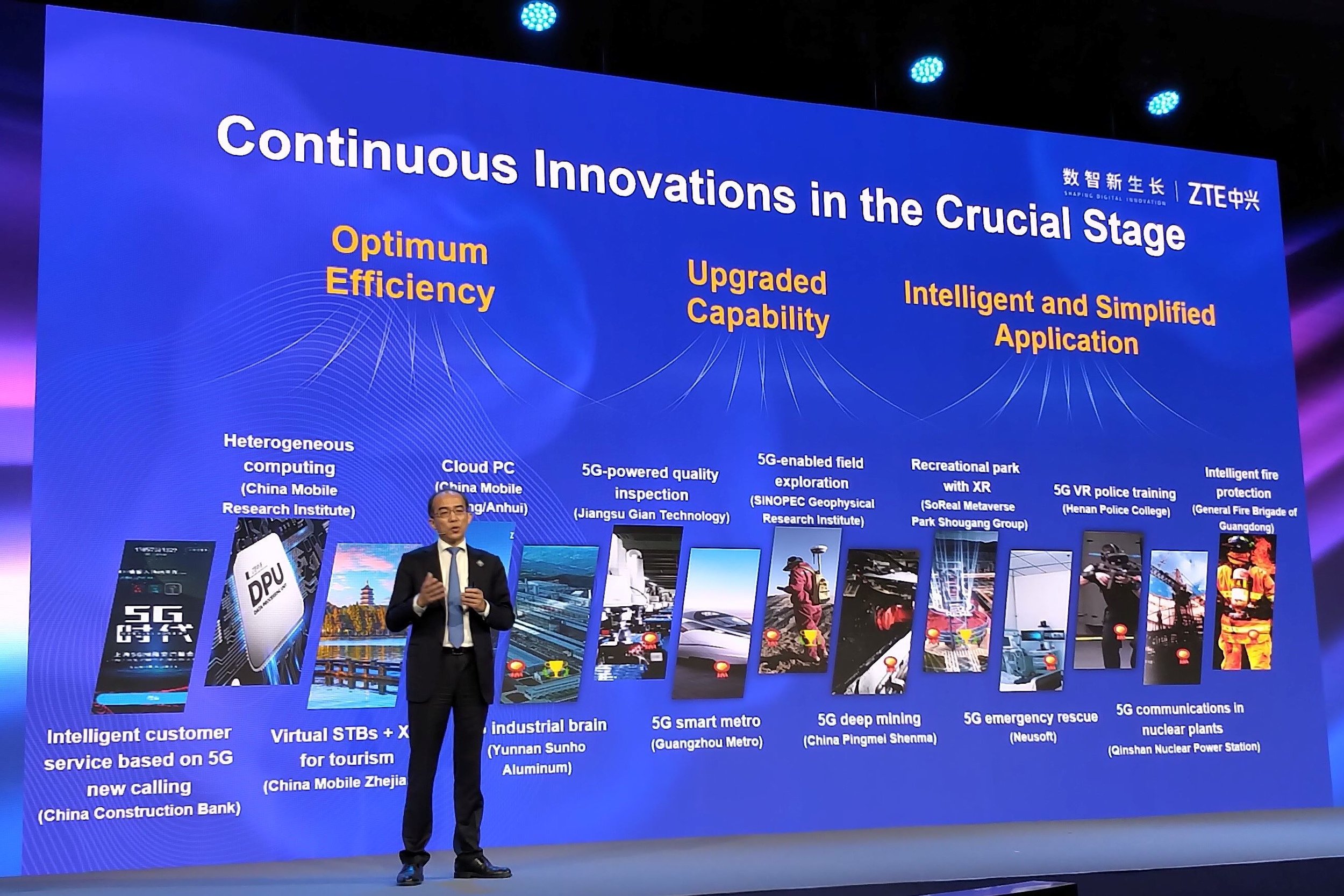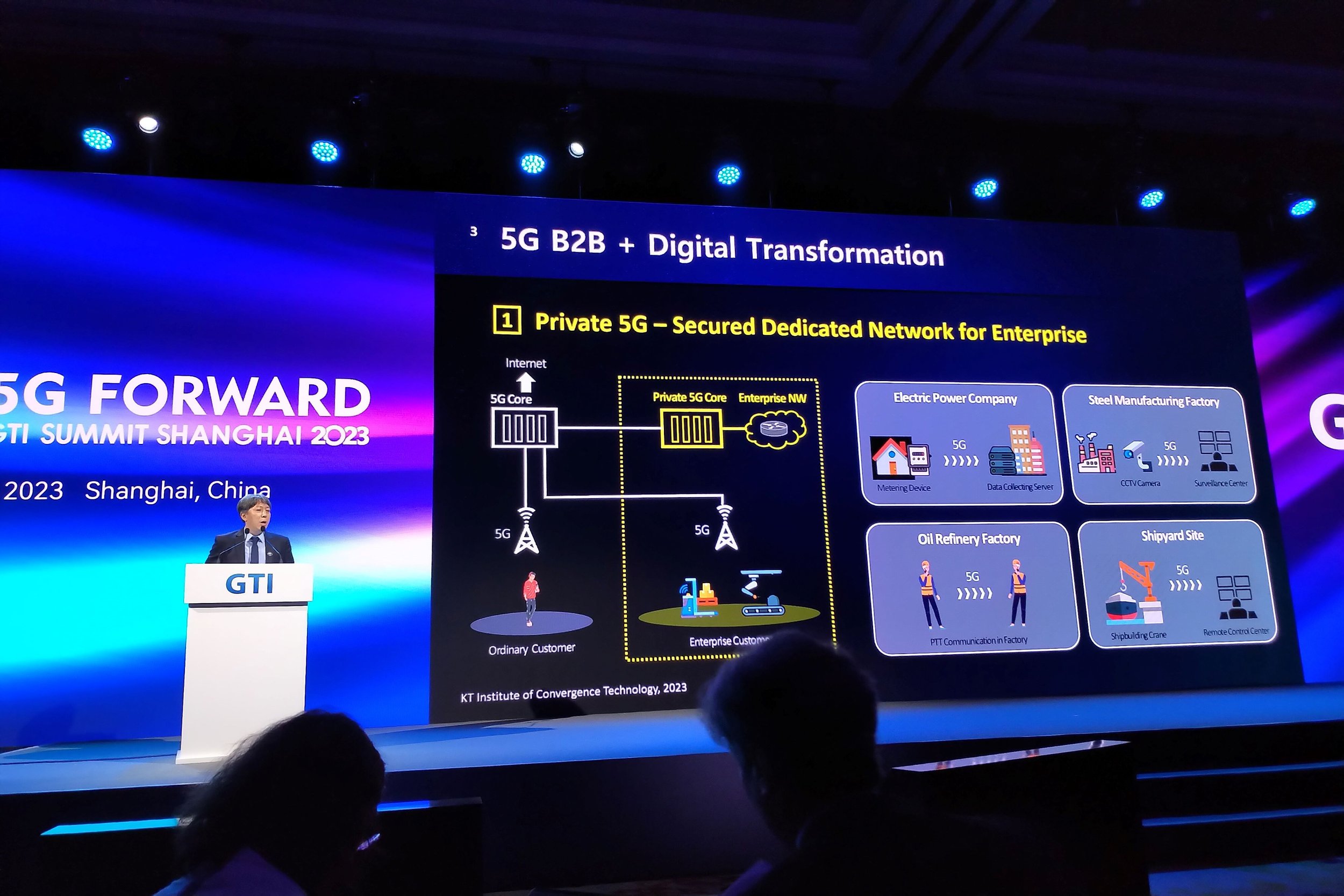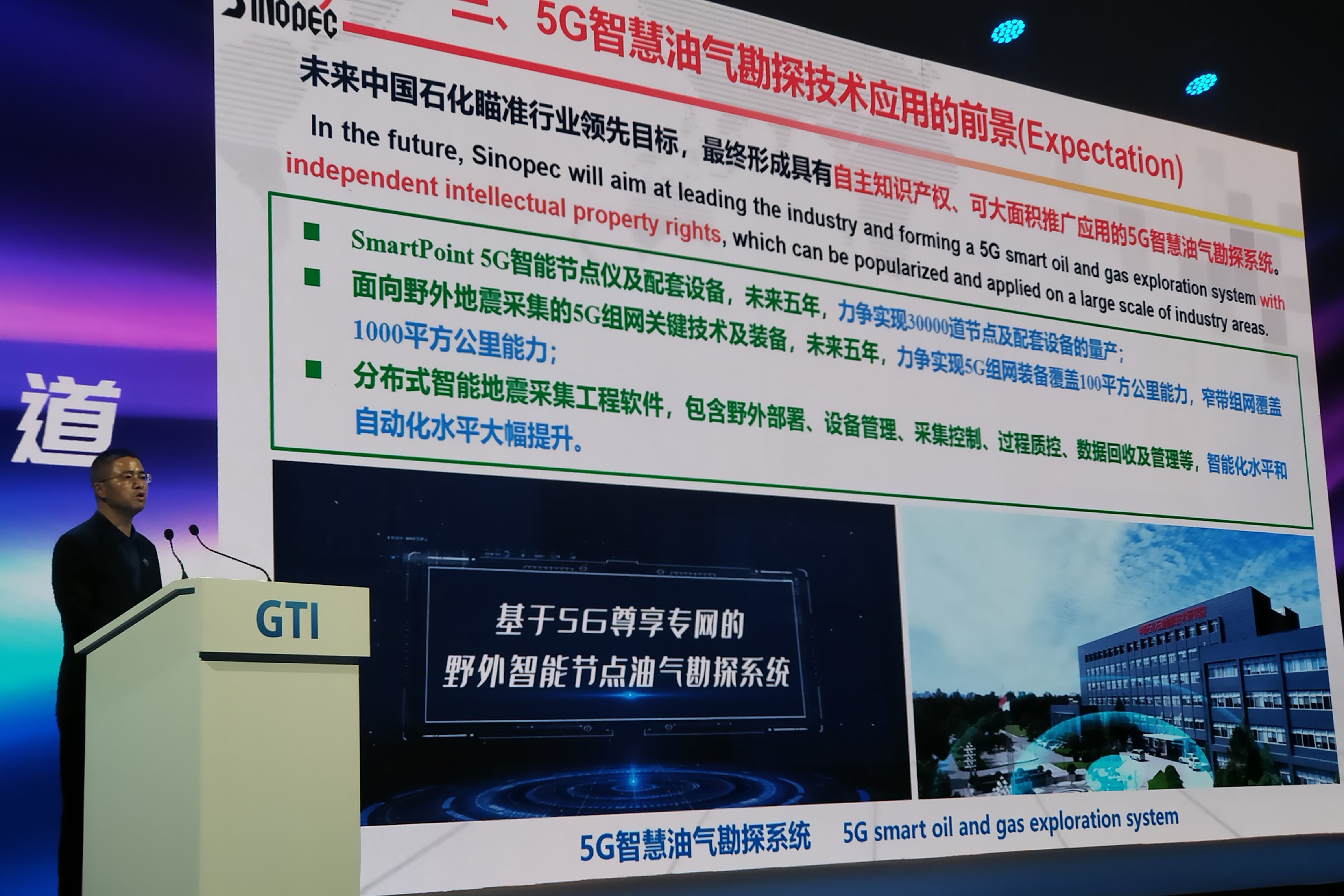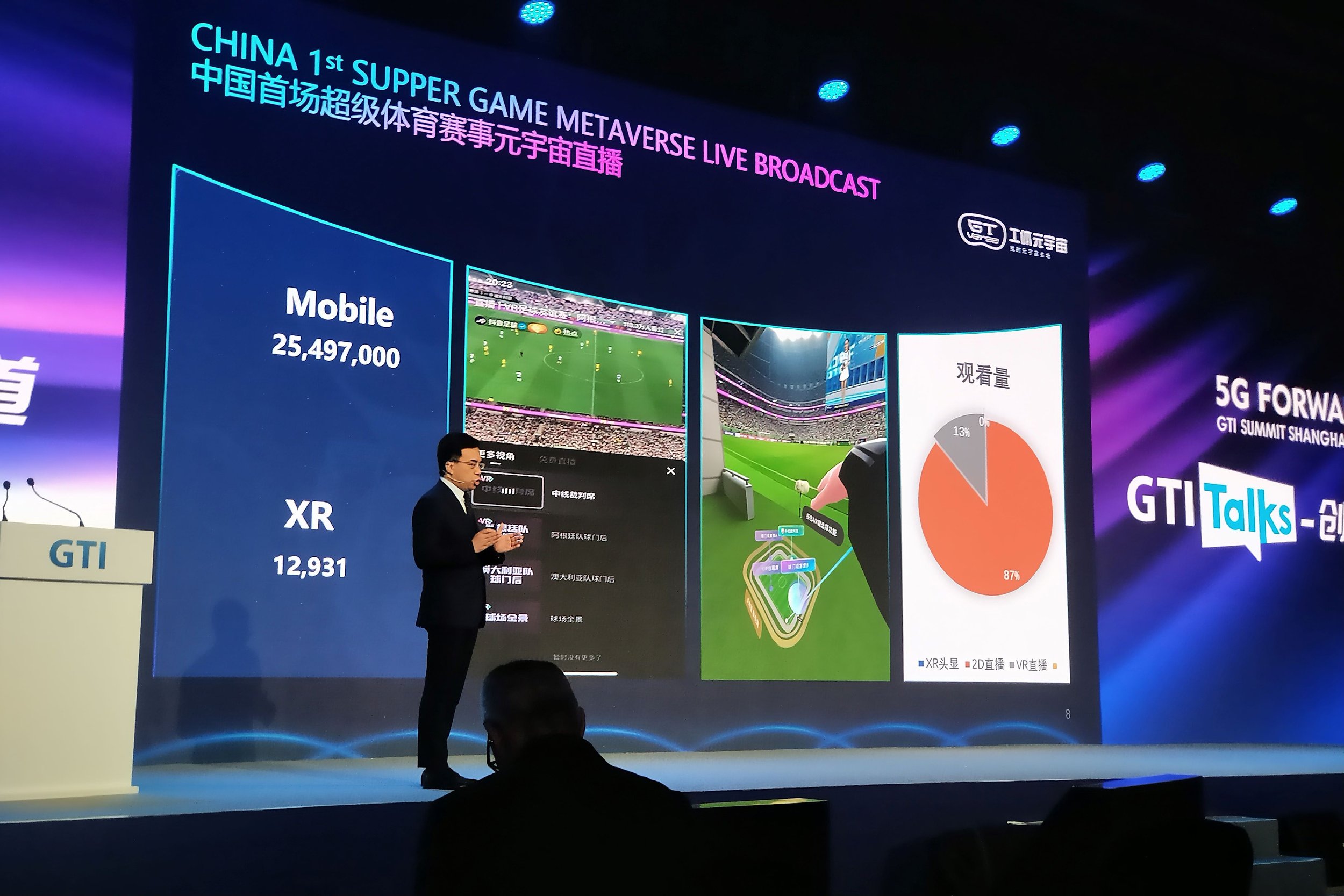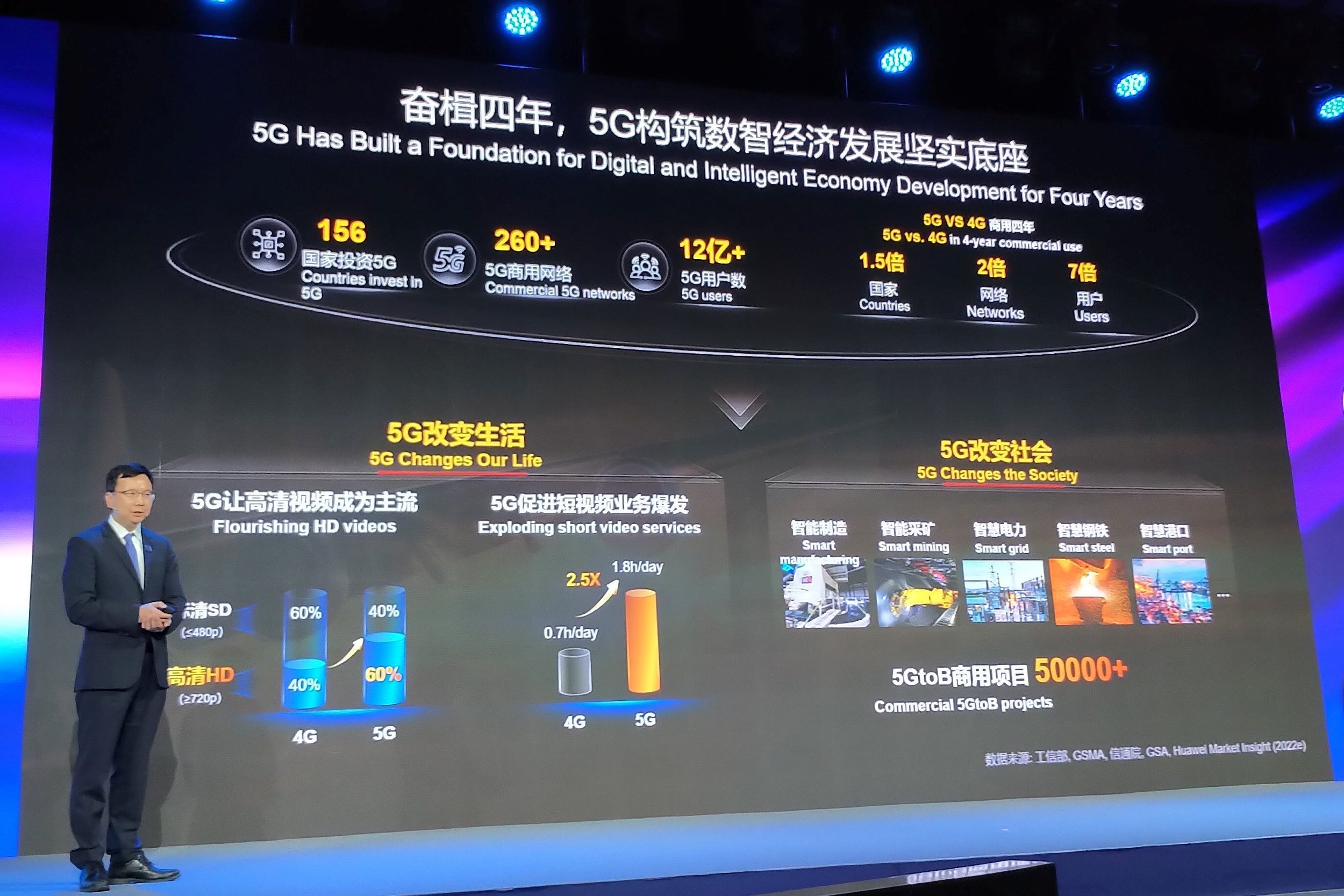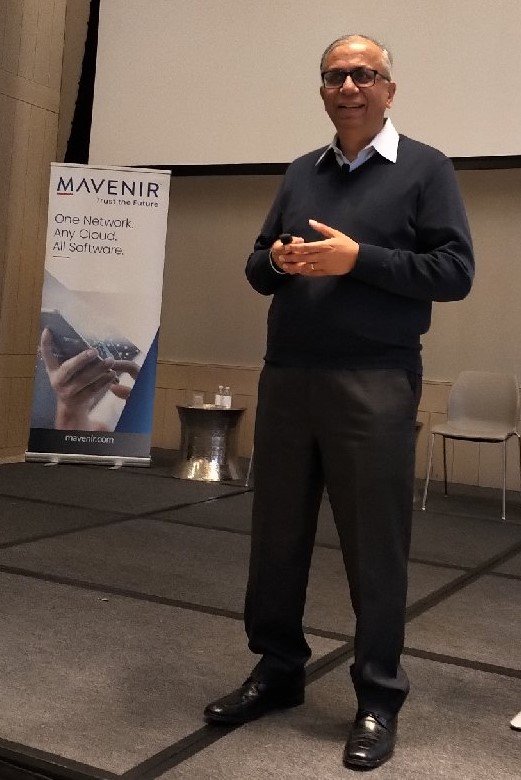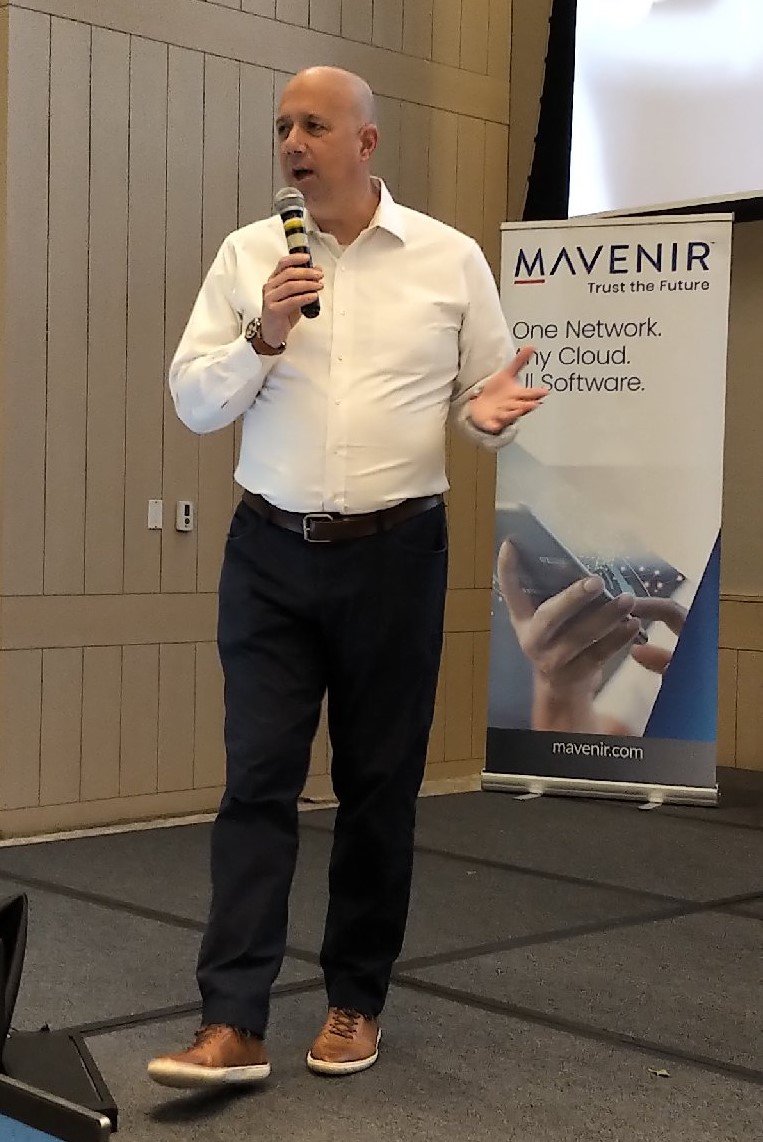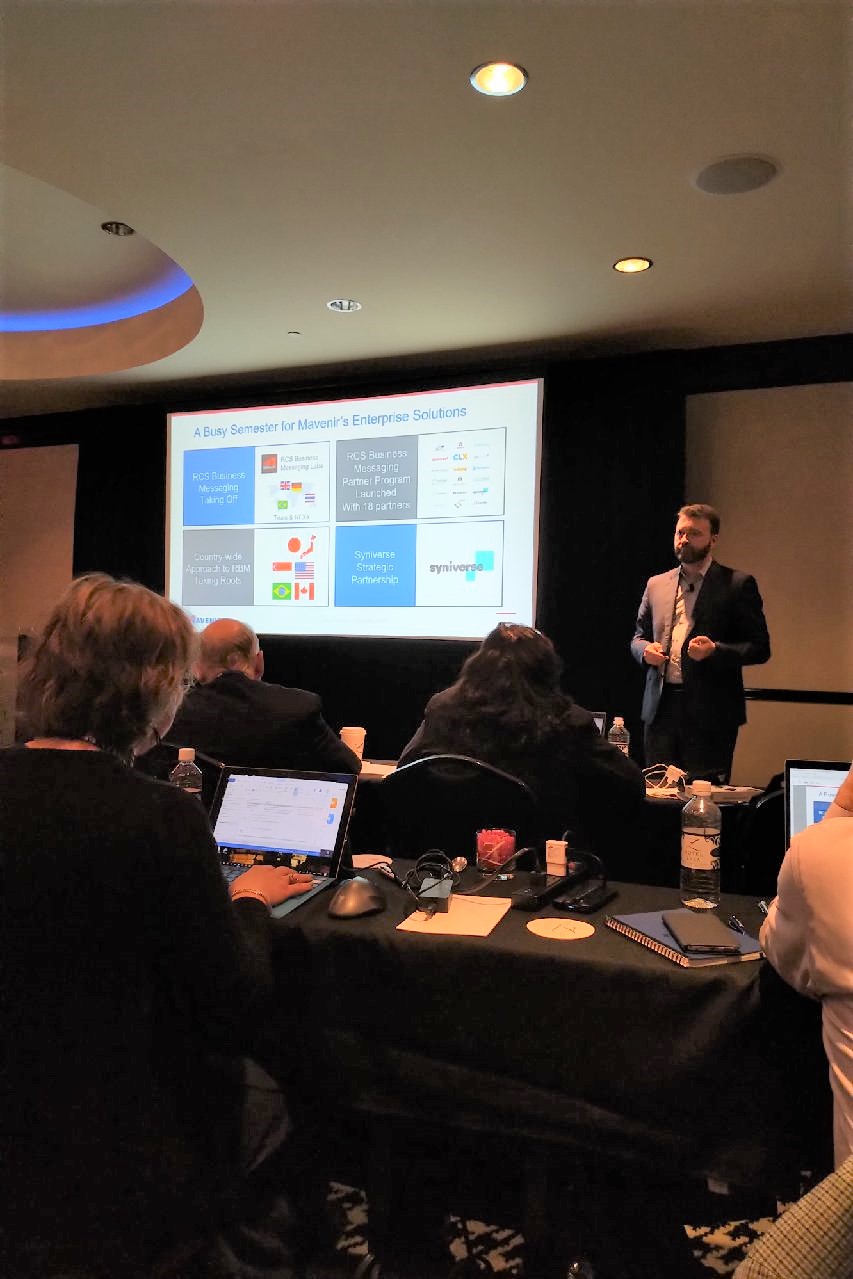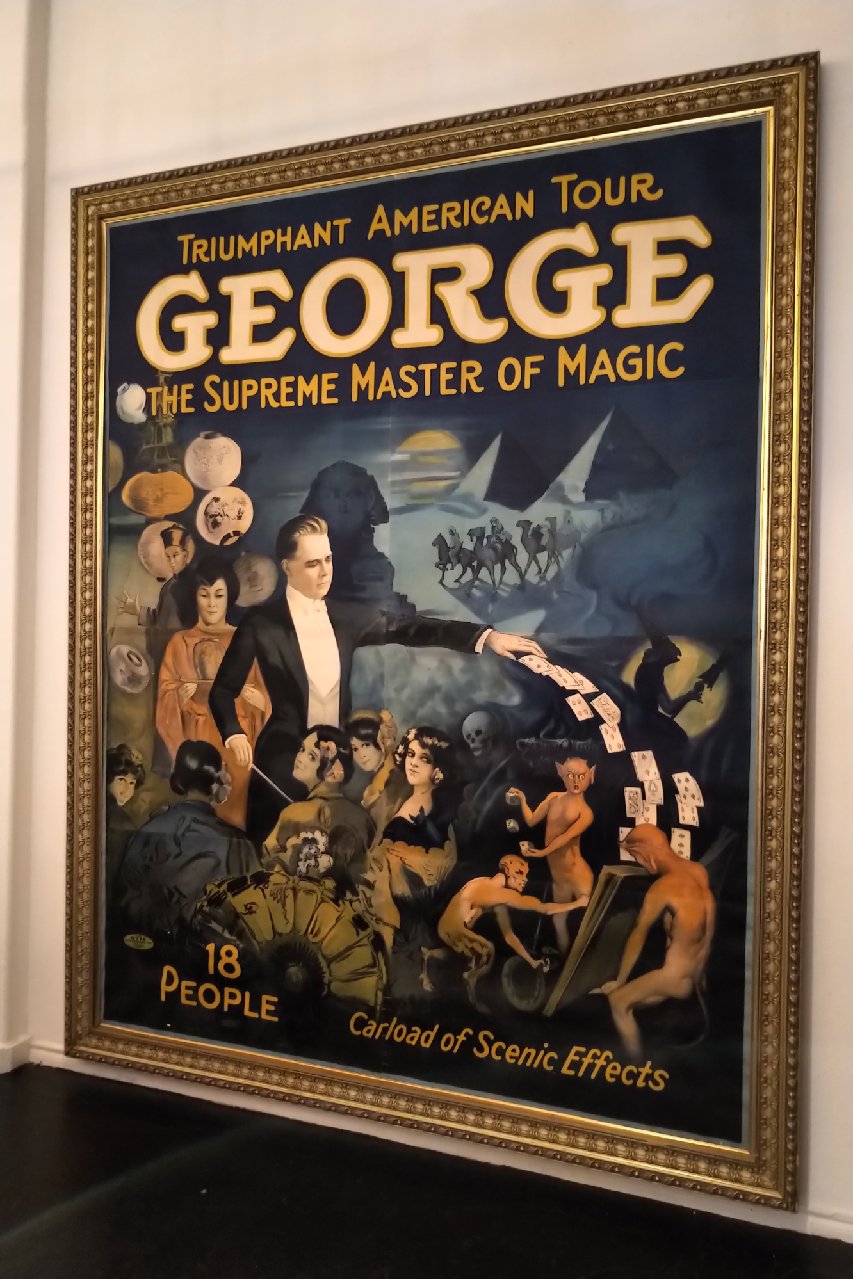Mobile competition came to Canada last week, and there are more questions than answers. No doubt the market could stand some competition, and the federal government has gone to great lengths to make sure that happens. I have long contended that the economics are not workable, but now billions of dollars have been sunk into creating a new set of operators who are chasing the few million people who haven't gone mobile yet, as well as the zero sum game of stealing subscribers from the incumbents.
It's too late to turn back, and with last week's surprise news from Industry Canada,
Globalive's Wind Mobile service has been allowed to launch. They've gambled big time and done a of things to look and act like an operator in anticipation of a favorable ruling - hiring staff, building kiosks, erecting statues, etc. - and now they can finally be one. I still have a sneaking feeling that something isn't quite right in how they got the green light, but they're here, and the market can finally decide with their wallets if it's time for a change.
There's a lot of fat to chew on here, but I'll save that until the early results are in. Until then, here's a good starting point -
an article from Friday's ITWorldCanada that included some comments from me.
There's a pretty major shopping center in my neighborhood, and here's what the Wind Mobile kiosk looks like:

Pretty good crowd, and after a few visits over the weekend walking by, you can quickly gauge the type of customer they're attracting. Mind you, it's not always this busy. I walked by at 3pm this afternoon, and it looked like this:

Sure, you can argue it's mid-week, mid-afternoon. However, it's Christmas week and school's out. Sorry, but I would have expected a bit more than this. Anyhow, if Wind is new to you, here's the basic story. They've come to market with a basic value proposition - simple plans, simple service, great prices. Fair enough - they've done tons of research to validate this, so it must be true, right? We all want these things, no doubt, but whether it's a strong enough pitch to win over the market, only time will tell.
If you're looking for this kind of plan, sure, Wind is a great deal. And I have no doubt they'll capture a decent share of the market. However, they're not alone. This is basically a prepaid service, and all 3 incumbents have well-established budget brands that cater to this market - Koodo (Telus), Fido (Rogers), and Solo (Bell). Makes you wonder why Globalive didn't keep the same theme and called their service Wino - then again, maybe not.
As prepaid plans go, they have lots of appealing packages and features - feel free to review them at
their website - however, I'm not interested in those details. Give or take, prepaid is prepaid, and I don't really see that much here to get excited about. The service will be appealing to first-time mobile users, but so will the incumbent's budget brands, which have far more visibility. Fido built its base around this market, and long term, it's a tough haul to make money. Since there are no contracts, you have to buy the phone up front, and given how price conscious the prepaid market is, they'll probably be selling more low end $100 phones than $300 smartphones. That makes it hard to upsell customers to more lucrative plans.
I have to tell you, hanging around their kiosk a few times, it doesn't take much to see that these are novice technology users, and are going to need a lot of hand holding just to explain how the plans work. Then you have to tell them they have to fork over the cost of the phone as the price of admission. Hmm. If all you can afford is a $15 plan, you're not likely buying anything to write home about for a phone. I don't know about you, but I wouldn't be taking on almost a billion dollars in debt to chase a market like this.
Having no contracts cuts both ways of course. Easy to join and easy to leave. There's a reason why mobile carriers like contracts - it takes time to earn back the phone subsidy that so often serves as the hook to get you on board. On the other hand, with no contract, the carrier gets their money upfront for the phone, and it's less of a issue when customers moves on once a cheaper plan crosses their path.
Bottom line - loyalty is hard to build with prepaid, and when the other new entrants come to market - most notably DAVE - they will likely have to resort to the same tactics just to get a foothold. I just don't know how much greenfield market there really is out there - even my 13 year old has a cell phone. I don't know anybody who doesn't have a cell phone these days, so I don't know where this 30% of first timers is that this whole fuss was started over. They sure don't live around here, and if they do, they're either too young or too old to care.
If I sound cynical, you're right. The incumbents are already serving the prepaid market with their budget brands, and we have MVNO's like Virgin Canada chasing this market too. Wind Mobile may be a good service and a well executed marketing package, but how are they going steal business from these competitors, who can easily match them on price to keep them out of the market? Price and features are good short term levers, but competitors can usually match these, especially if they already control the market. It's also worth noting that Wind was planning to be in the market in time for the Christmas season, which could have jump started them nicely. They're just going to catch the tail end now, so it's not quite the splash they were expecting.
Let's not forget the postpaid market, which is where the vast majority of subscribers and revenues lies. I don't know how much of Wind's business plans are based on capturing these customers, but this will be a tough market to crack since most are tied into contracts. Sure, Wind can buy them out - we've seen that before - but that just puts them on the same treadmill as Vonage, buying market share and then spending a fortune to keep them.
I'm just not seeing the light here, especially when you consider how much money was spent - and borrowed - to get into the game.
In this day and age with 4G and LTE being the next wave, one would think that with a brand new network, there might be some innovation here - something new to leverage all that wonderful technology. Maybe I'm barking up the wrong tree, but there's nothing here that changes the game and really challenges the market - both subscribers and carriers. Zero.
On the other hand, this is Canada after all, and people generally play things a bit safer here. Industry Canada has pushed for more competition so we can have more choice and lower prices. I guess we'll get that, but we're sure paying a high price for it, and not getting much more. For all that money, you'd like to think the market would get something better. This isn't Android, this isn't Apple, this isn't Skype; it's more of the same - just a little cheaper, a bit more flexible and a bit easier to understand. I know - it's hard to take risks when so much debt has been incurred - but you'd think there would be more to it than this. More to come, but don't hesitate to jump in now with your thoughts!





